
An illustration is a decoration, interpretation, or visual explanation of a text, concept, or process, designed for integration in print and digitally published media, such as posters, flyers, magazines, books, teaching materials, animations, video games and films. An illustration is typically created by an illustrator. Digital illustrations are often used to make websites and apps more user-friendly, such as the use of emojis to accompany digital type. Illustration also means providing an example; either in writing or in picture form.
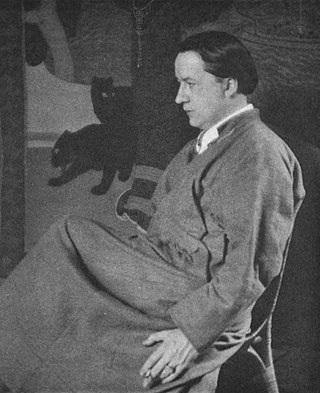
Edmund Dulac was a French-British naturalised magazine illustrator, book illustrator and stamp designer. Born in Toulouse, he studied law but later turned to the study of art at the École des Beaux-Arts. He moved to London early in the 20th century and in 1905 received his first commission to illustrate the novels of the Brontë Sisters. During World War I, Dulac produced relief books. After the war, the deluxe children's book market shrank, and he then turned to magazine illustrations among other ventures. He designed banknotes during World War II and postage stamps, most notably those that heralded the beginning of Queen Elizabeth II's reign.
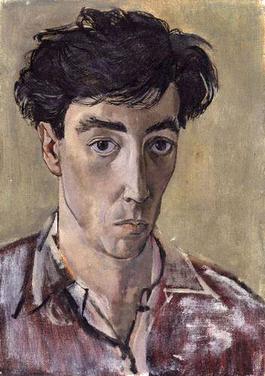
Francis John Minton was an English painter, illustrator, stage designer and teacher. After studying in France, he became a teacher in London, and at the same time maintained a consistently large output of works. In addition to landscapes, portraits and other paintings, some of them on an unusually large scale, he built up a reputation as an illustrator of books.

The Machin series of postage stamps was the main definitive stamp series in the United Kingdom for most of the reign of Elizabeth II, from 1967 until her death in 2022. Introduced on 5 June 1967, it was the second series of her reign, replacing the Wilding series. The last issue was on 4 April 2022, four months before the Queen's death on 8 September.
Country definitives, formerly known as regional postage stamps of Great Britain, are the postage stamps issued for regions of the United Kingdom, reflecting the regional identity of the various countries and islands of the British isles.
Barnett Freedman was a British painter, commercial designer, book illustrator, typographer, and lithographer.
Olga Lehmann was a British visual artist.
Anita E. Kunz, OC, DFA, RCA is a Canadian-born artist and illustrator. She was the first woman and first Canadian to have a solo exhibit at the Library of Congress in Washington, D.C.
Jeffery Edward Matthews was a British artist, specialising in postage stamp design from 1959 to 2007. He conceived the Machin definitive series' colour palette in the mid-1980s.

The Wildings were a series of definitive postage and revenue stamps featuring the Dorothy Wilding photographic portrait of Queen Elizabeth II that were in use between 1952 and 1971. The Wildings were the first and only British stamps to feature graphite lines on the back, and the first to feature phosphor bands on the face – both aids to automation. The stamps were also the first British pictorial high value stamps and the first to include regional emblems.

The Castle series or Castle High Value series are two definitive stamp series issued in the United Kingdom during Queen Elizabeth II's reign. The common aspects of the two series are the four chosen castles, one for each country of the United Kingdom.
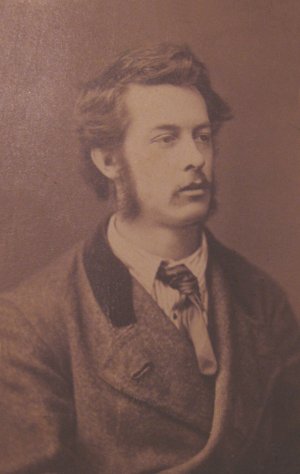
William Edward Frank Britten was a British painter and illustrator. It is known that he worked in London, England starting in 1873 and that he stayed in the city until at least 1890. Britten's work ranged in style from to traditional Victorian to Pre-Raphaelite, and his artistic medium ranged from paintings to book illustrations. His paintings have mostly been praised by critics with his illustrations having been treated as either neutral or favourable by reviewers.

Michael Charles Farrar Bell, later Farrar-Bell (1911–1993) was a British stained glass and postage stamp designer.

Axel Herman Haig RE was a Swedish-born artist, illustrator and architect. His paintings, illustrations and etchings, undertaken for himself and on behalf of many of the foremost architects of the Victorian period made him "the Piranesi of the Gothic Revival."

Charles Ransom Chickering was best known as the freelance artist who designed some 77 postage stamps for the U.S. Post Office while working at the Bureau of Engraving and Printing in Washington, DC. His career as a professional artist began while working as an illustrator for the U.S. Army recording and drawing medical illustrations of the wounded and dead during the First World War. He continued the practice in civilian life and became a noted artist-illustrator who worked for a number of prominent magazines, including The Saturday Evening Post, which were very popular during the pre-television era of the 1920s to 1940s. After the Second World War Chickering began working for the U.S. Post office designing U.S. Postage stamps, some of which became famous. Later in life he became a designer and illustrator for first day cover cachets that were also popular among stamp and postal history collectors.

Keith Henderson was a Scottish painter who worked in both oils and watercolours, and who is known for his book illustrations and his poster work for London Transport and the Empire Marketing Board. He had a long professional career that included periods as a war artist in both the First World War, in which he served in the trenches, and in the Second World War.
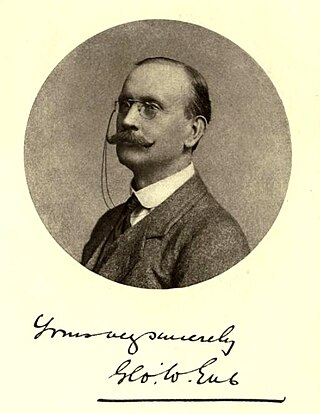
George William Eve, (1855-1914) was an English etcher, who designed bookplates and also several important British stamps. He was an authority on heraldry, a member of the Heralds' College, a Fellow of the Royal Society of Painter-Etchers and Engravers and a member of the Art Workers' Guild. When the Painter-Etchers and Engravers required a new diploma, it was Eve who was chosen from amongst their ranks to create it.
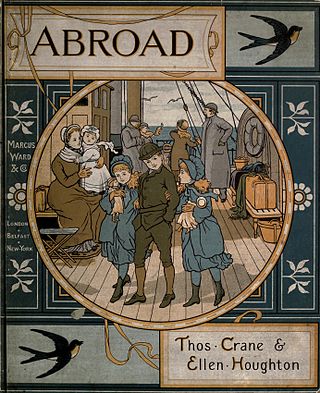
Thomas Crane (1843–1903) was an English illustrator and art director at Marcus Ward & Co. known for his colourful children's books and decorative greeting cards which often incorporated floral motifs.
Carol Mintum Barker is an English artist-designer, author and illustrator who is notable for her poster designs, postage stamps and book illustrations, many of them for children.
Robert Flavell Micklewright (1923–2013) was a British artist, illustrator and designer. He worked as a freelancer and designed dust jackets for books by C. P. Snow and V. S. Naipaul, and posters for London Transport. According to The Guardian, his work was "always of a high standard".













